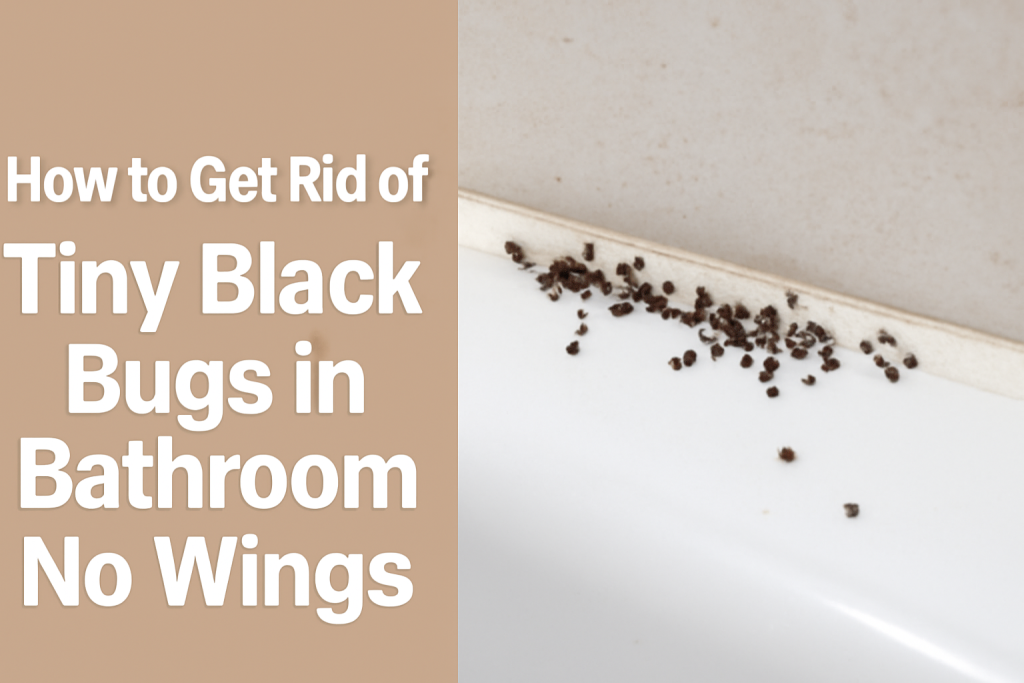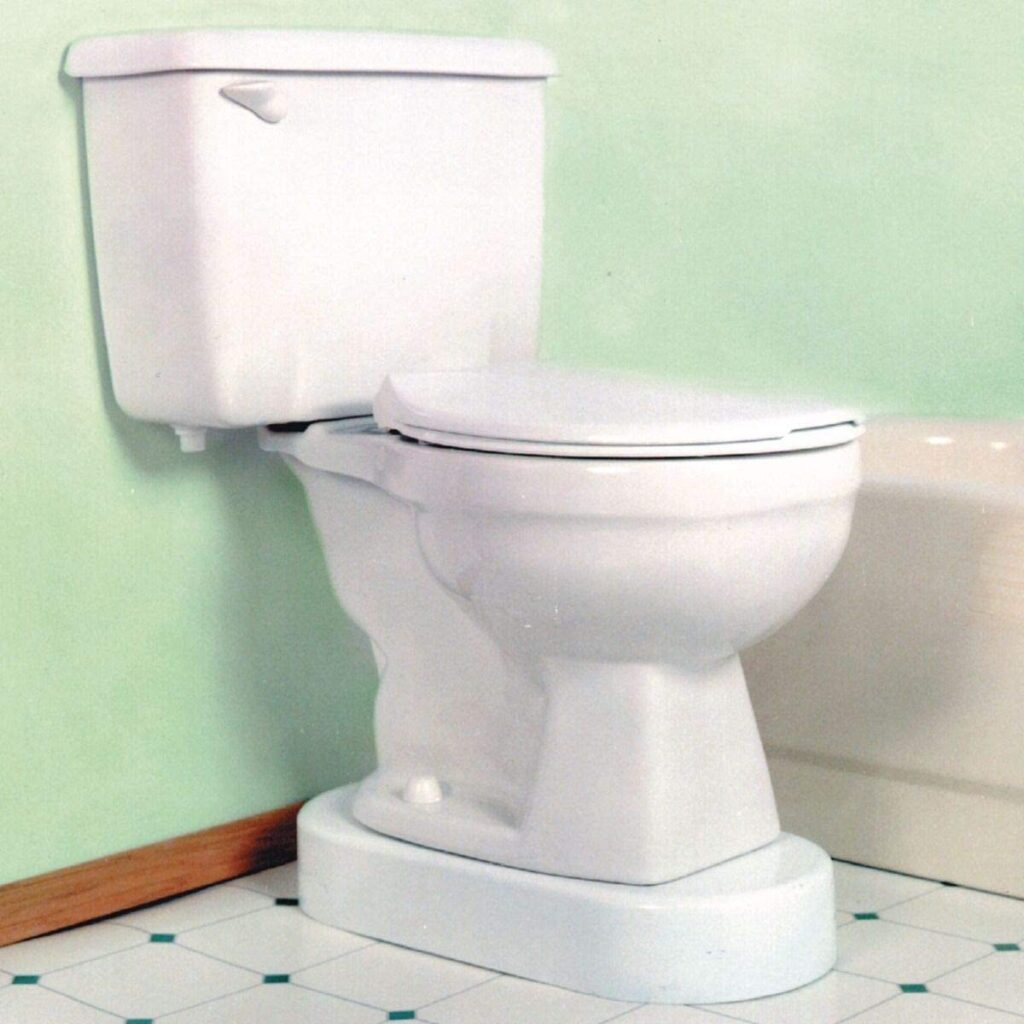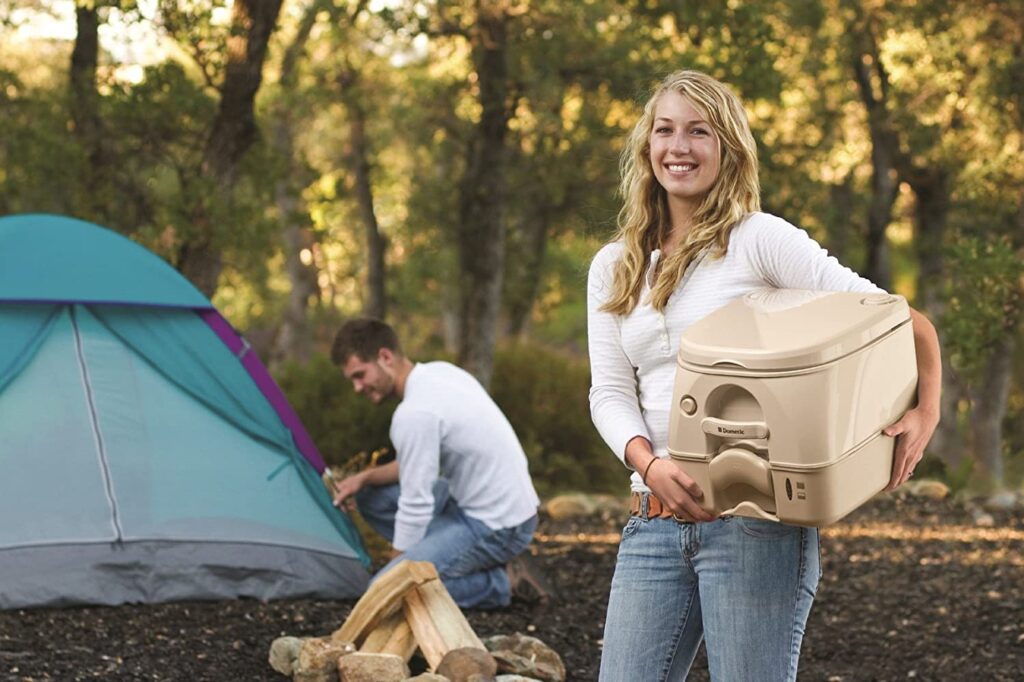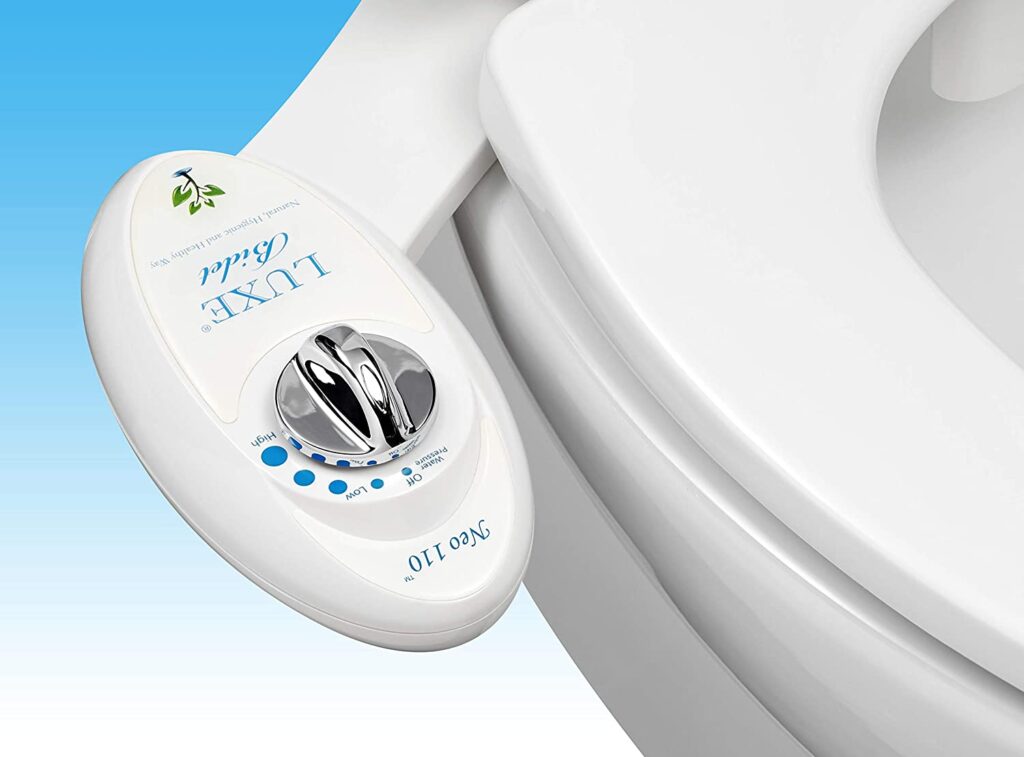 Finding tiny black bugs in your bathroom with no wings can be both frustrating and alarming. While they might seem like an insignificant nuisance, these pests can multiply quickly if left untreated. But don’t worry—knowing what you’re dealing with and understanding how to get rid of them can help restore peace to your bathroom. In this guide, we’ll walk you through the common types of tiny black bugs found in bathrooms, why they appear, and how to eliminate them effectively. Let’s dive in!
Finding tiny black bugs in your bathroom with no wings can be both frustrating and alarming. While they might seem like an insignificant nuisance, these pests can multiply quickly if left untreated. But don’t worry—knowing what you’re dealing with and understanding how to get rid of them can help restore peace to your bathroom. In this guide, we’ll walk you through the common types of tiny black bugs found in bathrooms, why they appear, and how to eliminate them effectively. Let’s dive in!
Table of Contents
Identifying the Tiny Black Bugs in Your Bathroom
The first step to dealing with tiny black bugs in your bathroom is identifying what they are. Different pests require different approaches, so knowing which bug you’re facing is crucial. Here are some of the most common bathroom pests that are small and wingless:
Common Bathroom Pests That Are Tiny and Wingless
-
Drain Flies (Also known as Sewer Gnats)
Drain flies are some of the most common tiny bathroom pests. They are small, fuzzy black flies that are typically found around sinks, drains, and tubs. If you notice them hovering near your drains or around wet areas, they are likely drain flies. -
Fungus Gnats
These pests are very similar in appearance to drain flies but are often found around plants. They tend to live in damp areas, particularly where there is excessive moisture and decaying organic material. -
Ants
Tiny black ants are common in homes and can make their way into the bathroom in search of food or water. They are highly organized and are often seen marching along surfaces or walls in lines. -
Cockroaches
While many people think of cockroaches as large, they can also appear as small, fast-moving pests in bathrooms, particularly the German cockroach. They’re typically found in dark, moist areas near drains and behind tiles. -
Booklice
Booklice are tiny, soft-bodied insects that are often mistaken for ants. They thrive in damp, humid conditions and are commonly found on or around walls, especially where moisture has accumulated behind wallpaper or in wooden fixtures.
Why Are Tiny Black Bugs Appearing in Your Bathroom?
So, why do these tiny black bugs show up in the first place? There are several common factors that contribute to their presence in your bathroom. Identifying the root cause can help prevent future infestations.
Common Causes for Pest Infestations in Bathrooms
-
Excess Moisture and Humidity
Bathrooms are naturally humid, and without proper ventilation, moisture can build up, creating the perfect breeding ground for pests like drain flies and booklice. -
Leaky Pipes or Water Sources
Leaky pipes or faucets that drip water can attract insects like ants or cockroaches that are drawn to the moisture. Even the smallest of leaks can lead to an increase in pest activity. -
Unsealed Cracks in Walls, Windows, or Around Drains
Tiny cracks or gaps in walls and around plumbing fixtures can serve as entry points for pests. These cracks allow insects to sneak into your bathroom in search of food, water, and shelter. -
Poor Ventilation Leading to Damp Conditions
Without proper airflow, moisture tends to linger in bathrooms. Using a dehumidifier or keeping the bathroom ventilated will help prevent this buildup, which in turn discourages pests from settling in. -
Leftover Food or Organic Matter in Hidden Spots
While it’s not common to have food in the bathroom, organic matter such as hair, soap scum, or dead skin can provide food for some pests. If there is food or decaying organic material in hidden corners, it could attract bugs like fungus gnats and ants.
How to Get Rid of Tiny Black Bugs in Your Bathroom
Once you’ve identified the bugs and figured out why they’re there, it’s time to get rid of them. There are various DIY methods for eliminating tiny black bugs, but in some cases, calling in a professional may be necessary.
Step-by-Step Solutions for Different Bugs
-
For Drain Flies
To eliminate drain flies, start by cleaning out your drains. Pour a mixture of vinegar and baking soda down the drain, followed by hot water. This will help break down the organic matter that the flies feed on. You can also use store-bought drain cleaners that are specifically formulated for pests like drain flies. -
For Fungus Gnats
To deal with fungus gnats, you’ll need to address both the moisture and the source of food. Allow your bathroom plants to dry out between waterings, and remove any decaying leaves. Use a soil-based insecticide or place sticky traps around your plants to catch the adult gnats. -
For Ants
Seal any cracks and crevices in the bathroom where ants are entering. Apply a natural repellent like cinnamon or peppermint oil to the areas where ants are active. You can also use ant bait or traps, but be sure to place them in areas where pets and children can’t access them. -
For Cockroaches
Cockroaches are resilient pests that can often require professional help. To start, clean up any standing water and use traps to catch any cockroaches in your bathroom. If the problem persists, you may need to contact a pest control company to handle the issue. -
For Booklice
To get rid of booklice, first, remove any mold or mildew in the affected area. Ensure that your bathroom is properly ventilated, and dry out any damp surfaces. You can also use a dehumidifier to keep moisture at bay, and wipe down surfaces with a solution of vinegar and water.
DIY vs. Professional Pest Control
For minor infestations, DIY methods are often sufficient. However, for larger issues, or if pests are recurring, it may be best to contact a professional pest control service. A professional can assess the problem and provide long-term solutions to keep your bathroom bug-free.
Prevention: How to Keep Tiny Black Bugs Out of Your Bathroom
Preventing future infestations is just as important as eliminating the existing ones. Here are some steps you can take to keep tiny black bugs out of your bathroom for good.
Tips for Long-Term Pest Prevention
-
Fix Water Leaks Promptly
Addressing leaks immediately will reduce the chances of attracting moisture-loving pests like ants, cockroaches, and drain flies. -
Install Dehumidifiers or Use Exhaust Fans Regularly
A dehumidifier will help control the moisture in the air, which is key in keeping pests like fungus gnats and booklice at bay. Use an exhaust fan while showering and leave it on for a while after you’re done to dry out the space. -
Ensure Proper Ventilation and Airflow in the Bathroom
Open windows, run exhaust fans, or use a dehumidifier to reduce humidity levels. Good ventilation is essential to prevent pest buildup. -
Seal Cracks and Crevices Around Windows, Doors, and Plumbing Fixtures
Sealing any gaps or cracks in your bathroom will prevent pests from entering. This can be done with caulking or weatherstripping. -
Keep the Bathroom Clean and Dry
Regularly clean your bathroom and remove organic matter such as hair and soap scum, which can attract pests. Wipe down surfaces after every shower to keep the bathroom dry and pest-free.
Final Thoughts: Keep Your Bathroom Bug-Free
Getting rid of tiny black bugs in your bathroom doesn’t have to be complicated. With the right identification, treatments, and preventative measures, you can keep your bathroom clean, fresh, and pest-free. Regular cleaning, proper ventilation, and moisture control are your best tools in preventing bugs from becoming a recurring issue. Stay vigilant, and your bathroom will stay a safe, comfortable space for you and your family.






